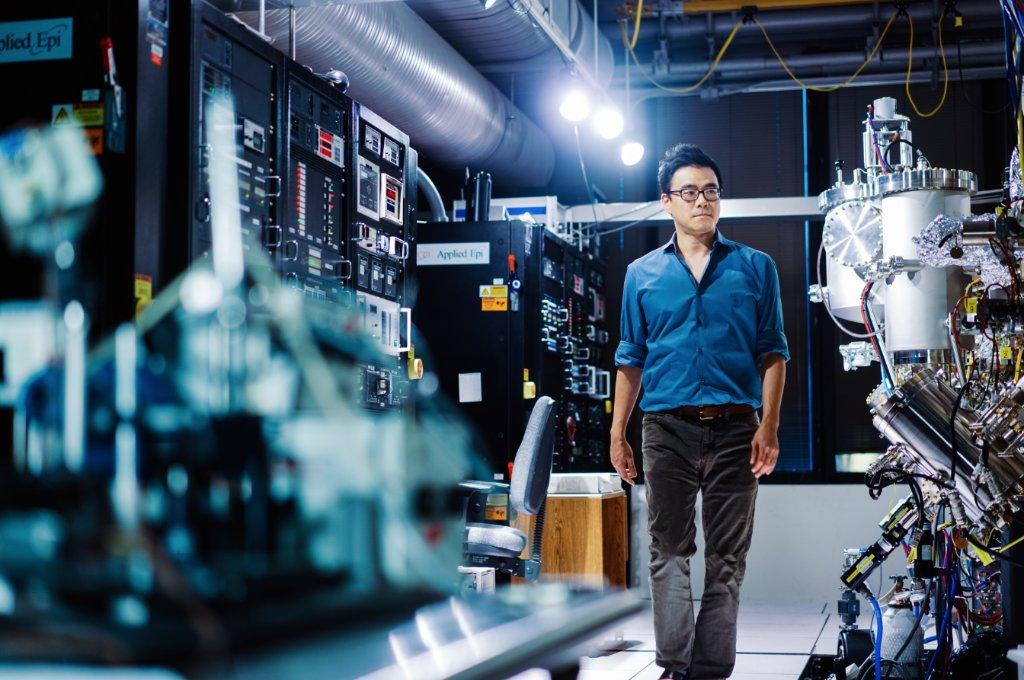Universities are home to innovation and new technologies, but some of the big ideas coming out of school labs may never become a reality. Turning them into viable businesses requires money, patience, and investor appetite.
But thanks to dozens of university venture capital funds that have cropped up in the United States in recent years, smart ideas can now easily get off the ground. The Engine, a venture fund established by Massachusetts Institute of Technology (MIT), is one of them.
“Universities are trying to understand how they can better support the companies that are coming out of their labs. And that is becoming a trend,” said Katie Rae, president, CEO, and managing partner of The Engine.
Founded in October last year, The Engine will help MIT students and faculty turn their smart ideas into viable businesses. The fund has raised over $150 million from investors, including $25 million from MIT as a limited partner. In 2016, MIT was ranked as the second-most innovative university in the world, based on academic papers and patent filings, according to Reuters.
The fund will invest in startups that develop so-called “tough” technologies—breakthrough ideas that require time and patient capital—in the sectors of robotics, manufacturing, medical devices, biotechnology, and energy.






